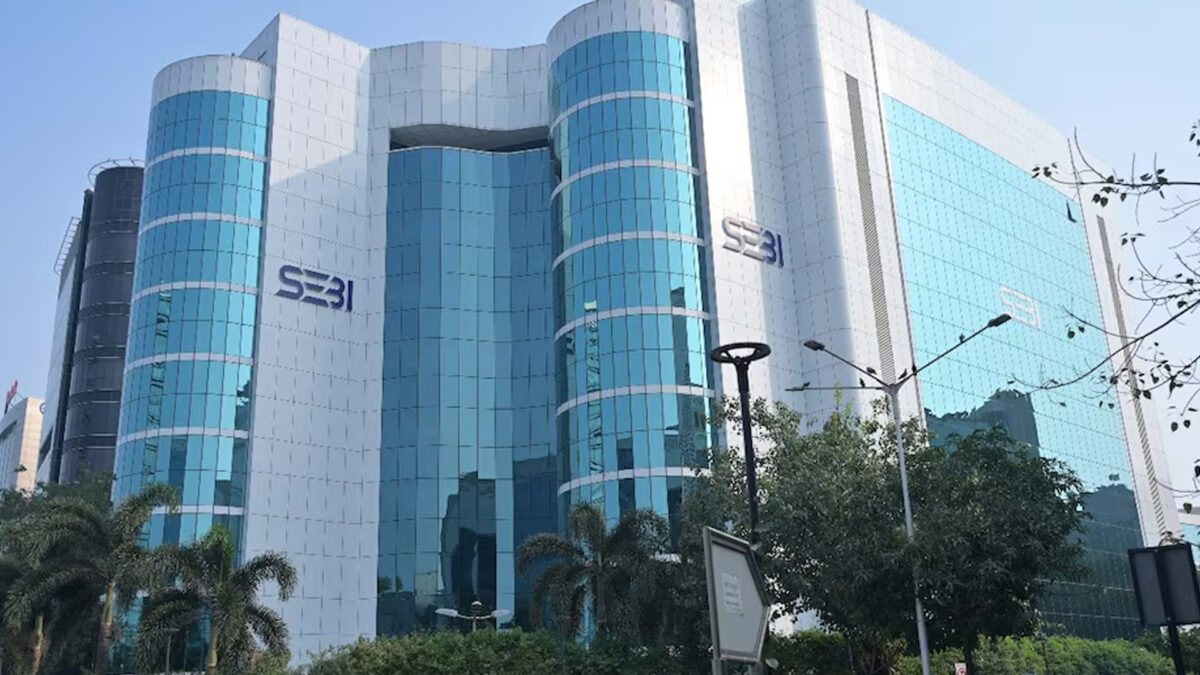In a significant move to strengthen India’s appeal as an investment destination, the Securities and Exchange Board of India (SEBI) on Friday proposed a series of reforms aimed at simplifying processes for foreign portfolio investors (FPIs). The regulator announced the introduction of the Single Window Automatic & Generalised Access for Trusted Foreign Investors (SWAGAT-FI) framework, which will provide a unified registration process and streamline investment access for eligible foreign investors.
SEBI Chairman Tuhin Kanta Pandey highlighted that the new framework will facilitate easier access for FPIs and Foreign Venture Capital Investors (FVCIs) by reducing regulatory complexities and ensuring compliance remains straightforward. “The SWAGAT-FI framework aims to unify, standardise, and enhance access for select categories of foreign investors who meet prescribed eligibility criteria,” Pandey stated. Eligible investors include government and government-related entities, along with regulated Public Retail Funds such as mutual funds, insurance companies, and pension funds.
Existing FPIs meeting the eligibility norms may also transition into the SWAGAT-FI category, and the framework is expected to be implemented within six months. The regulator’s move comes amid sustained foreign investor outflows, with FPIs offloading ₹63,516 crore worth of shares since July 2025.
In addition to facilitating foreign investment, SEBI proposed relaxed norms for initial public offerings (IPOs), particularly for large issuers with market capitalisation between ₹1 lakh crore and ₹5 lakh crore. The regulator recommended lowering the minimum public shareholding requirement to 2.75%, with the final decision pending government approval.
SEBI also expanded anchor investor reservations in IPOs from one-third to 40%, allocating one-third to domestic mutual funds and the rest to life insurance companies and pension funds. Furthermore, scale-based thresholds have been introduced to define material related party transactions, providing clarity for listed entities.
The regulator’s governance reforms include appointing two independent executive directors to lead market infrastructure institutions, strengthening succession planning and operational excellence. Additionally, SEBI announced regulatory adjustments, including the creation of a separate category of AIF schemes exclusively for accredited investors and reducing the maximum permissible exit load in mutual funds from 5% to 3%.
The reforms also aim to deepen market participation by incentivising distributors to channel investments from B-30 cities, further promoting financial inclusion.
Together, these measures reflect SEBI’s commitment to creating a robust, investor-friendly ecosystem, attracting global capital while enhancing transparency and governance in India’s capital markets.
Also Read: Fitch Upgrades India’s FY26 Growth Forecast to 6.9%, Citing Strong Demand Amid Global Risks
